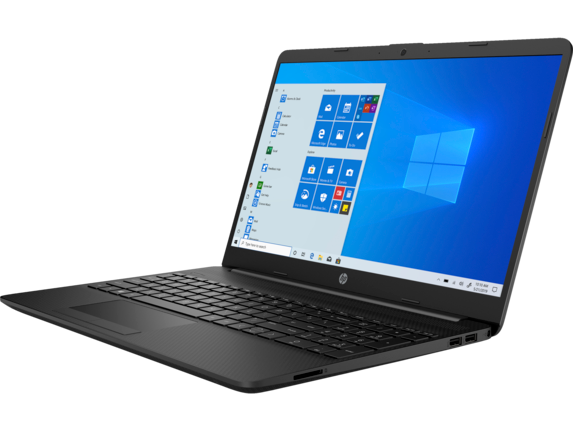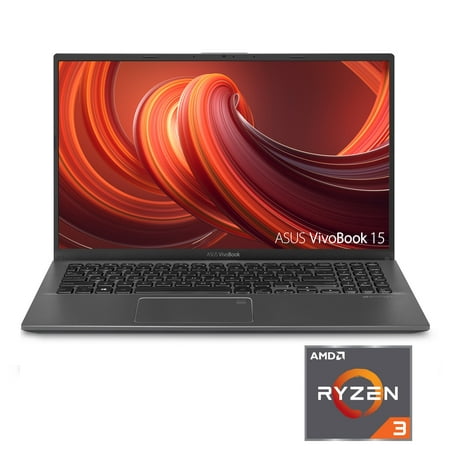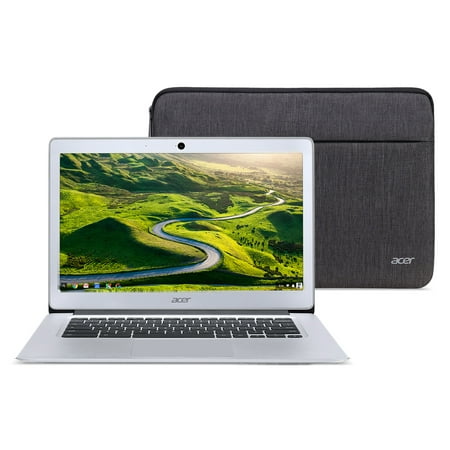HP Laptop 15t-dw300 Touch Screen optional|Intel Core i5 11th Gen|Intel Iris Xe Graphics|15.6″ Display|Windows 10 Home 64|1B9N3AV_1
Windows 10 Home 64. 11th Gen Intel® Core™ i5 processor. NVIDIA® GeForce® MX350 (2 GB). 8 GB memory; 256 GB SSD storage. 15.6″ diagonal HD display.
Stay connected to what matters most with long-lasting battery life and a sleek and portable, micro-edge bezel design. Built to keep you productive and entertained from anywhere, the HP 15″ laptop features reliable performance and an expansive display – letting you stream, surf and speed through tasks from sun up to sun down.
See more. Take it anywhere.
With its 6.5 mm micro-edge bezel display, slim and light design, plus 81% screen to body ratio Screen is measured by active screen area.
– this PC lets you see more and do more, no matter where the day takes you.
Reliable performance for every day
Tackle your busiest days with the performance of an Intel® processor and advanced graphics. Store more of what you love with abundant storage.
Powered up and productive. All day long.
With long-lasting battery life and HP Fast Charge technology, this laptop lets you work, watch, and stay connected. Integrated precision touchpad with multi-touch support speeds up both navigation and productivity.
Additional information
| Operating system | Windows 10 Home 64 |
|---|---|
| Processor and graphics | Intel® Core™ i5-1135G7 (up to 4.2 GHz, 8 MB L3 cache, 4 cores) + NVIDIA® GeForce® MX350 (2 GB) |
| Display | 15.6" diagonal, HD (1366 x 768), micro-edge, BrightView, 250 nits |
| Memory | 8 GB DDR4-2666 SDRAM (2x4GB) |
| Storage | 256 GB PCIe® NVMe™ M.2 SSD |
| Office software | No Additional Office Software |
| McAfee LiveSafe(TM) Security Software | Security Software Trial |
| Primary battery | 3-cell, 41 Wh Lithium-ion prismatic Battery |
| Color | Jet black |






by Berry
I took delivery of my computer a week ago and so far I am very pleased. I have purchased HP products in the past and generally have been happy with their performance. The ssd is the answer I think. I’ll be back in a month to let you know.
by Nail
Needed a computer and didn’t want to break the bank. Glad I did.
by James
was purchased for light use at my job,
been using hp products for about 2 decades.
my last all in hp pc purchase performance is not as good as this laptop.
by Huh
I found it easy to set up and love the bright screen and large keyboard.
by Edickmer
My kid is very happy, for use in the school and games.
by Haley
Purchased an HP laptop for my wife for Xmas and it arrived ahead of schedule and exactly as I had ordered. Works great and very easy to do business with HP. We have other HP products and have always had good luck with them.
by Richard
Buying from HP is great, so you can customize your laptop, this hp laptop 15t-dw300 is very good, in thin and very light, and performance is good for the price. I would say that when running many things is a little noisy, but is ok.
by Lola
I bought this as a gift to me. I added all the features I wanted and it is perfect! The screen size is amazing, the graphics are outstanding and the keyboard is like butter.